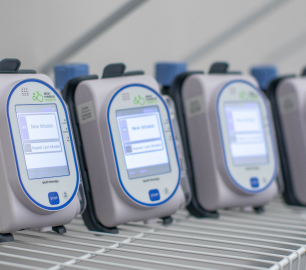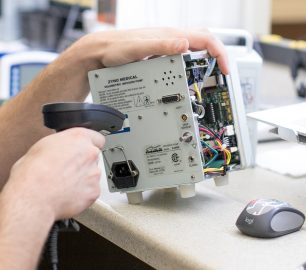It’s been almost a year since Smiths Medical discontinued production of the CADD Prizm VIP Ambulatory Infusion Pump and customers are finding them increasingly more difficult to obtain. Smiths’ hope was that customers would migrate to their CADD Solis VIP device, launched in 2011, as a newer alternative to the Prizm. The Solis VIP (variable infusion profile) “can be programmed with a protocol configuration consisting of a therapy, qualifier and drug information. The pump delivers via the following delivery profiles: PCA, continuous, intermittent, variable stepped rate, and tapered infusions for analgesia, chemotherapy, hydration, antibiotics, immune globulin, and TPN.” smiths-medical.com Some have been happy with the upgrade – and some have not.
The CADD Solis truly is a more sophisticated pump and in many ways is superior to the Prizm, so what is making some customers scramble to find the discontinued Prizm? The primary issue concerns the sensitivity of air sensors that causes nuisance alarms (false positive alerts). The Solis features four alarm types, high priority, medium priority, low priority and informational. The reason an “Air in-line detected” alarm can be so problematic is that it is a high priority alarm – as it should be! According to the Solis manual, a high priority alarm always pauses or stops the pump if it is running.
Smiths Medical recommends using an air-eliminating filter to address the issue, but many are unwilling to change clinical procedures.
If procedural change isn’t an option for you, or not one you are willing to consider, what can you do when you don’t find the Prizm you’re looking for? The most popular alternative other than a Solis is the Curlin 6000 (stay tuned for our next post on the 2.04 software upgrade for the Curlin 6000), but there are others as well. Which is best? Clearly that will depend upon your requirements, but Right Way Medical would be happy to discuss your options.



